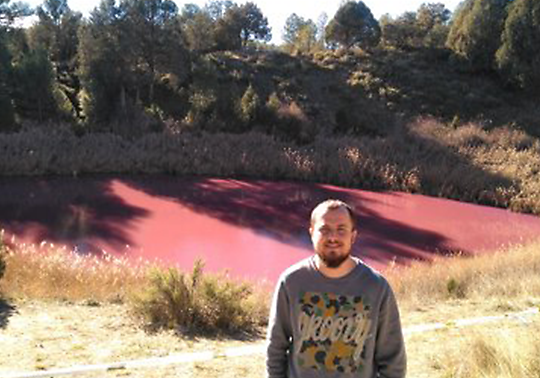
El próximo jueves 20/02/2020 a las 15:00h en la Sala Reuniones SS6 (Edificio de Cabecera, Semisótano), Xavi Miralles (Limnología) nos hablará sobre el tema: "Effect of salinity on the aquatic and sedimentary microbial communities related to methane and sulphate in Mediterranean lakes".
He says:
In this presentation, we will discuss the structuring effect of the environmental variables on the aquatic and sedimentary microbial communities of 60 lagoons from the Mediterranean area of Spain with NGS techniques. These lagoons are classified in 20 different typologies, and they follow a strong salinity gradient. In our work, we have analysed the effect of salinity on the structure of microbial communities, focusing on methanogenic archaea, methanotrophic bacteria and sulphate-reducing bacteria, and the relationship between these groups of microorganisms. Our results show that salinity is the most important defining variable in the structuration of microbial communities both in water and sediment through the environmental gradient studied. There is a clear separation between the prokaryotic communities of high salinity and low salinity environments. Also, the three groups of microorganisms we have focused on have completely different relationships with salinity. Methanogenic archaea and methanotrophic bacteria are negatively affected by salinity, showing a high decrease in their populations among high salinity environments. On the other hand, sulphate reducing bacteria can tolerate high salinities, showing stable assemblages as salinity increases. In conclusion, our results indicate that salinity is an important environmental variable for shaping the structure of aquatic and sedimentary microbial communities from different Mediterranean lakes of Spain, and that its effect on the microorganisms can be completely different depending on the group of microorganisms.








